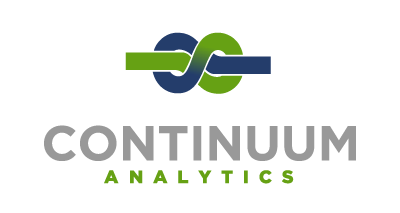Saturday 4:10 p.m.–4:50 p.m.
Smart Cars of Tomorrow: Real-Time Driving Patterns
Ronert Obst
- Audience level:
- Intermediate
Description
For this year’s PyData London I’d like to propose a talk "Smart cars of tomorrow: real-time driving patterns" (possibly including a live demo with a driving car in Berlin streaming data).
We use PySpark, NumPy, pandas and scitkit-learn for data munging and machine learning.
Abstract
In recent years, the adoption of electric cars has resulted in a desperate need from carmakers for accurate range prediction. In addition, fuel efficiency is of increasing concern due to today’s ever-rising fuel costs. In this talk, we will outline a machine learning framework for real-time data analysis to demonstrate how live data collected from cars can be used to provide valuable information for range prediction and smart navigation.
For our solution, we use a Bluetooth dongle that connects to a standard OBD II car diagnostics data port. Together with a self-developed iOS app we can then stream OBD II data into our framework’s big data infrastructure for long-term storage, batch training processes, and subsequent real-time analysis. We will show how we used different open-source technologies (Spark. Spring XD, Python and others) to stream, store, and reason over this data in a scalable way.
In particular, we will focus on how we designed the machine learning framework to derive individual driver ‘fingerprints’ from variables such as speed, acceleration, driving times, and location, taken from historical data. These fingerprints are then used within the real-time prediction framework to determine final journey destination and driving behavior in real time during the journey. We will also look at how other public and free data sources such as traffic information, weather, and fuel station locations could be used to further improve the accuracy and scope of our models.
This talk is intended to demonstrate pioneering work in the space of big data and the connected car. We will take into consideration the insights we have gained from building this prototype, both into infrastructure and analysis, to give our view on what such real-time driving intelligence applications of tomorrow could look like.








